Michael Teller, founder and president of TK Asian Antiquities, has handled thousands of ancient artifacts from China over the past 30 years. A leading authority on Chinese antiquities, Teller has developed comprehensive scientific research to authenticate and restore artifacts.
Below, Teller offers his insights to investors and those new to Asian art.
How would a new investor get started?
The first thing would be to determine three things about the investors themselves. One, how much money do they have to spend? Two, how long do they want to hold the investment? Three, whether it’s coming out of a cash flow situation over a period of time or out of an existing pool of money.
There are different ways to increase the value of what you have, even without a change in the market. You do that primarily by providing a provenance displayed at various museums, loaning it to a museum, having it published in catalogues, having articles written about it, some new science provided on it.
For example, we had one gilt-silver bowl that we were offering in the gallery for $175,000 about a year and a half ago. We had it for almost half a year with some mild interest in it. But we had a student working on the history of the iconography and a few other things involved with the rather unusual pattern that was on the bowl. It turned out to be historically important [to do with the Elixir of Immortality] and the only other existing one, in worse condition, was a very important piece in a Chinese museum. We immediately raised the price to $475,000 and it sold immediately.
You try and get the best you can get—whether forming a collection or buying a single piece—in the price range you have available and to the style you are buying.
One of the things that’s very stable is when you get something that’s highly documented in terms of authenticity, in terms of publishing, and in terms of historical consequence. For example, something made for a king or queen or emperor, by someone famous—you almost can’t do better than that.
Something of great historical consequence, undeniable authenticity, condition, and the rarity factor—all of these count. But if you can throw in beauty along with it … you have an even broader market.
What is undervalued in your particular field?
There are certain art forms that become popular, or start a growth cycle, for geopolitical reasons.
Japanese art was a Western market, but now it’s taking off because Chinese buyers are involved.
The Dali Dreamstones—a millennia-old art form using natural marble in a remote area in Yunnan Province. This is what the nobility searched for, for over a thousand years. Even the lowest level of material was what they used to build the steps to the Forbidden City.
The actual art found that’s done in dreamstone work requires a certain type of intuition that only a few talented people have; it’s not a skill you can learn, it’s a talent.
This was basically an art form that was lost in the 20th century because of World War II, then the civil war after that, then the Cultural Revolution. Almost all the scholarship was lost and almost all of the major pieces were destroyed.
Those pieces are absolutely breathtaking, visceral, emotionally evocative, visually pleasing. It’s an art form that about 150 people in the world are trying to preserve, but there are only about 12 masters left.
Prices have gone up 60-70 percent this year. You can buy [dreamstones] from under $1,000 now and one or two have sold for over $1 million.
Generally in the $1,500 to $50,000 range, you can get some of the best pieces in the world from the world’s leading masters.
How stable is Asian art as an investment? Has the Asian buyer had an impact—coming into the market to buy?
From 1929 to 1986—including going through the wars—internationally, the fastest growing and most stable of all international investments was Chinese art.
In the earlier years China was not a buyer at all. [Traditional art] was representative of the anti-revolutionary forces—it was representative of dynastic China—therefore it was evil. The Bronze collection in the Shanghai museum was in the foundry ready to be melted down.
Without any contribution from China, Asian art was the most stable of all investments.
Now, we have to add to that equation the behemoth that is China right now, becoming the single major buyer of that art.
How do you vet items?
This is one of our quests, our missions, as a business in this profession. We’re the only dealers in the world that have a laboratory on the premises of state-of-the-art equipment.
Authenticity has to be done with a combination of connoisseurship and science. Most everyone that sells it, they give you a time frame for how long the authenticity lasts.
Go to a place that will give you a guarantee, period. And preferably one that has some scientific basis for what they say. We have a 100 percent guarantee—it’s the ethical thing to do.
I would say, get your documentation, get a guarantee, and then don’t worry about it too much.
What are the pitfalls for new investors to watch out for?
Buy the very best you can buy, but get a guarantee.
One of the things that’s happened so much, it’s probably 80 to 90 percent of what’s on the market today in Tang Dynasty sculpture is where they’ve taken the fired bricks from the tombs and then cut them up and re-carve them into forms to put fantastic new details on things. If you X-ray it you will see it’s a bunch of re-carved plaques put together with straight cutlines.
Buyers should beware, but it’s very straightforward. Most of the tests can be done fairly quickly and are relatively inexpensive—less than $1,000 for everything. They’re all worth doing. Especially if it’s an investment, and one of consequence.
Where do you see the market going in the next five years?
I would say we’re looking particularly at things that are at the higher end. You’re looking at very strong growth.
Asian art has always been huge in the Western world but now you have a market that’s more than doubled. And it’s probably going to double again within that period you’re talking about. And certain fields will go even more.
In five years I would think the dreamstones would go up between 300 and 1,000 percent.
And things like the ancient gold and silver artifacts, whether they’re Central Asian, Southeast Asian, or Chinese—but particularly Chinese—any of those sources will be particularly strong.

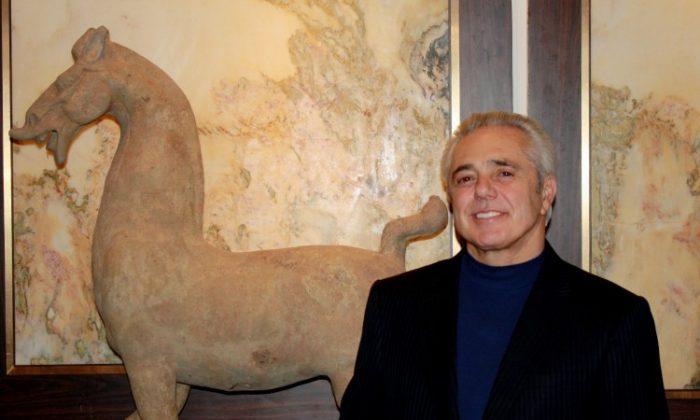
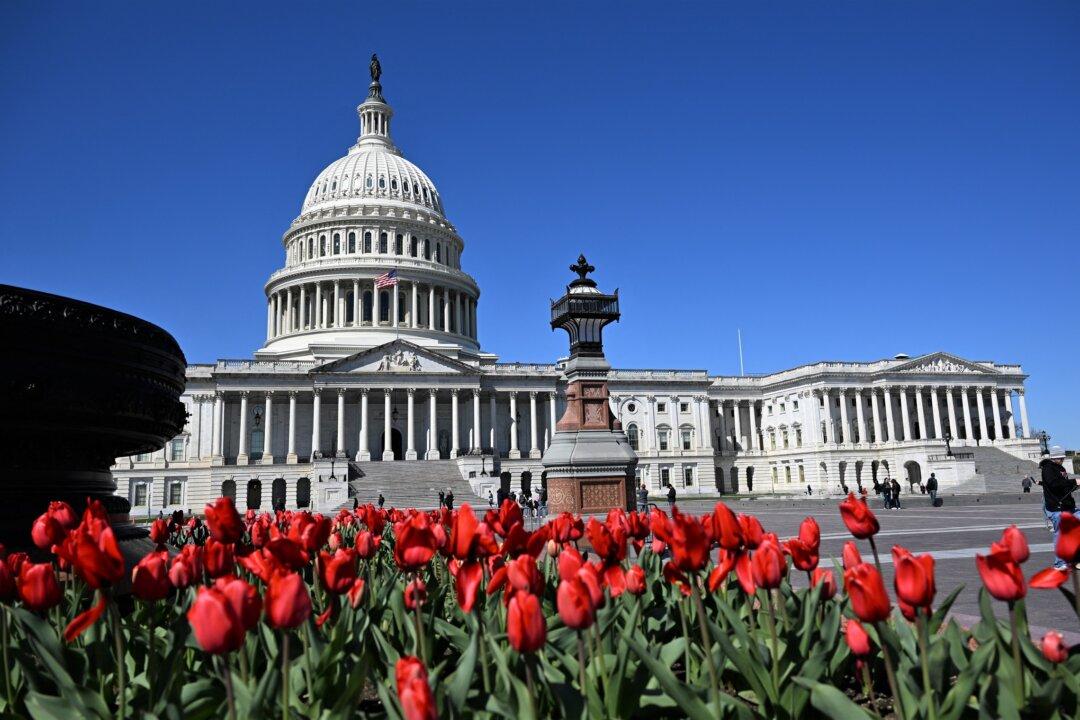
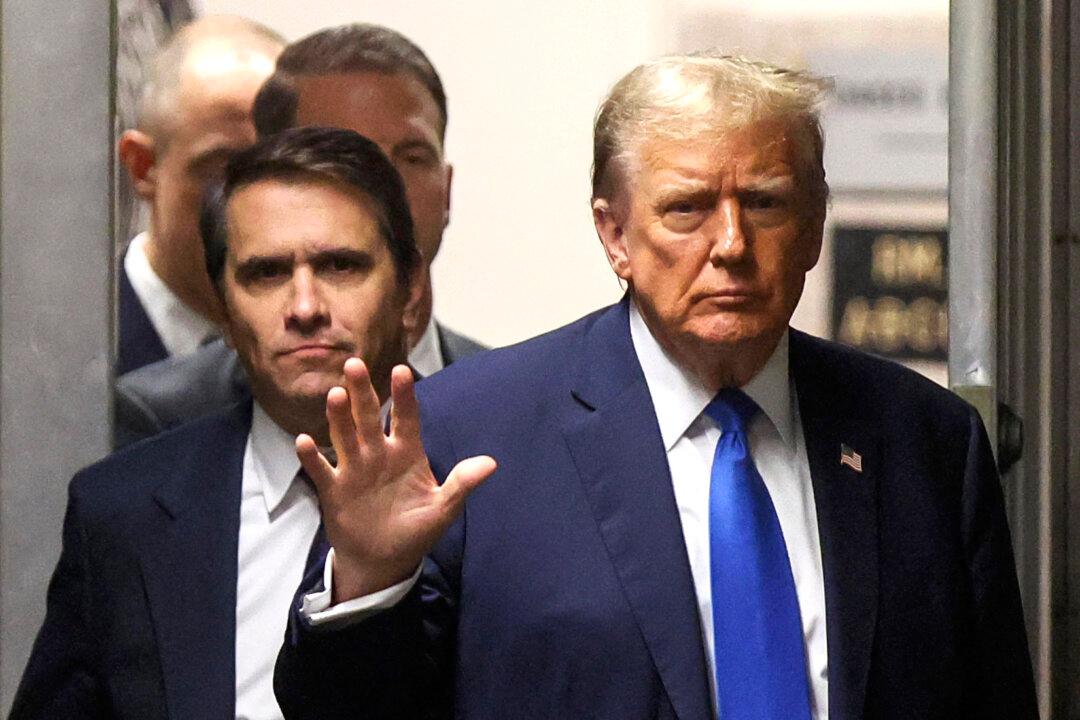
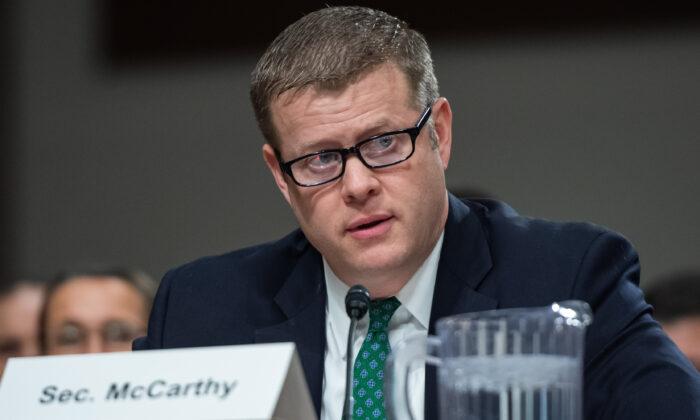
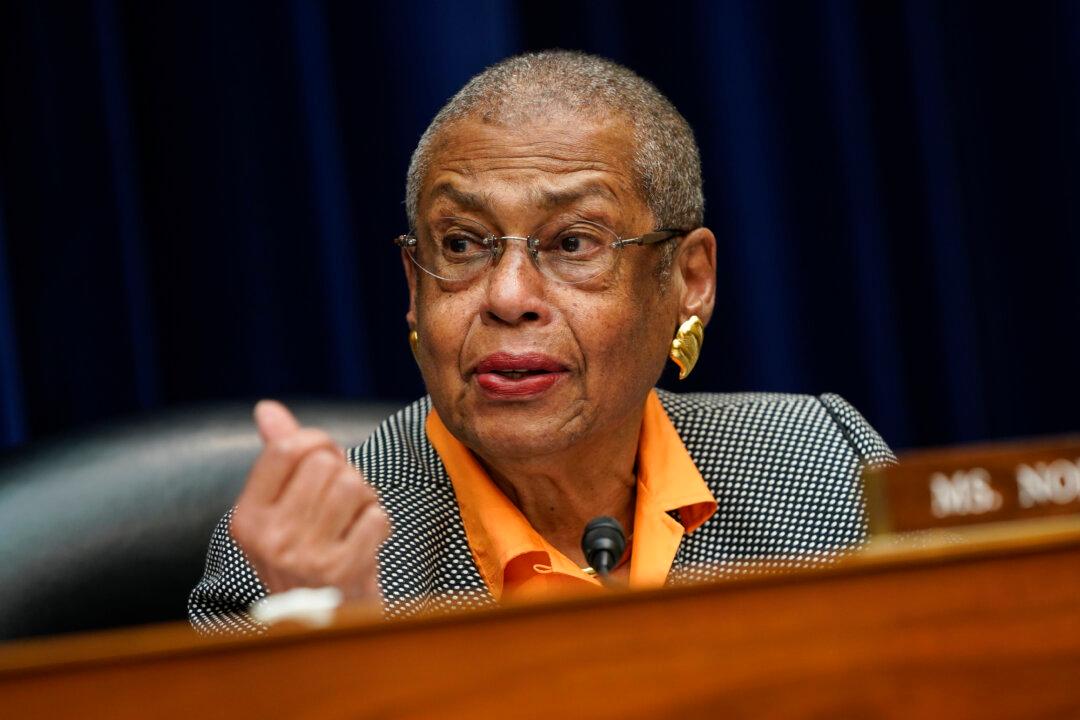
Friends Read Free